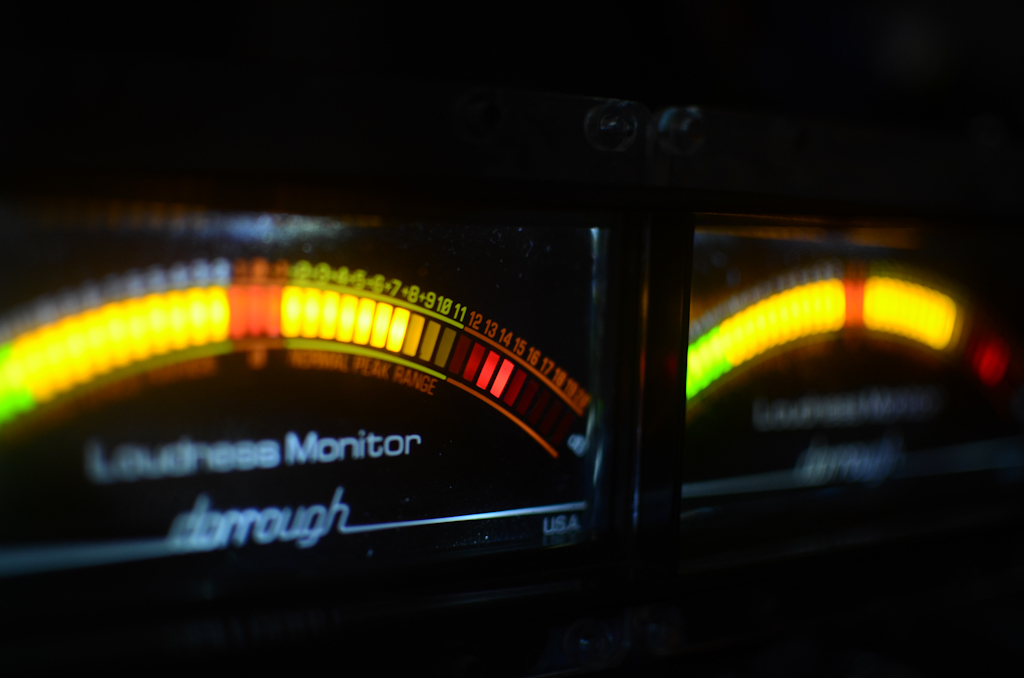 Back around the time I was first starting out, I remember opening up a demo of Cubase VST (on my trusty PowerMac 6400) and taking a look through the various menus. Everything seemed pretty standard, but something in particular caught my eye, a menu item labeled “Ears Only”. Curious, I clicked on it, only to have my monitor go completely blank. After a few seconds of panic thinking I had broken everything, I realized that Steinberg had programmed a mode that completely disabled the monitor and forced you to just listen. At first, this option seemed like a strange addition. Why, when I’m creating sound, would I not be listening to what I’m doing? Listening while working with audio seemed like a no-brainer. However, after gaining a little more experience, this “just listen” mode began to make a lot more sense.
Back around the time I was first starting out, I remember opening up a demo of Cubase VST (on my trusty PowerMac 6400) and taking a look through the various menus. Everything seemed pretty standard, but something in particular caught my eye, a menu item labeled “Ears Only”. Curious, I clicked on it, only to have my monitor go completely blank. After a few seconds of panic thinking I had broken everything, I realized that Steinberg had programmed a mode that completely disabled the monitor and forced you to just listen. At first, this option seemed like a strange addition. Why, when I’m creating sound, would I not be listening to what I’m doing? Listening while working with audio seemed like a no-brainer. However, after gaining a little more experience, this “just listen” mode began to make a lot more sense.
Today, especially with modern DAWs, we are constantly presented with tons of visual feedback about our audio, be it waveform displays, meters, spectrograms, or plugin GUIs. A lot of time is now spent looking around software interfaces, turning the process of working with sound into a visually driven experience. It isn’t all bad; meters quickly tell us how loud or soft sounds are, and can be incredibly useful in helping determine where audio is going to or coming from. One can also take a look at a clip’s waveform and get a pretty good idea of its content, or look at a spectrogram and “read” the inflections in dialog, all without having to listen to anything.
Being able to do so much without needing to listen can to lead to “mixing by numbers.” This can be as simple as making cuts based on the shape of a waveform, setting up EQ parameters before ever playing the track, or selecting a reverb preset based entirely on its decay time. There are definitely situations where this can come in handy; If you’re mixing a series where very little changes between episodes, setting things like EQs and reverbs in the template will save some time and provide a good starting point. However, there are also situations where settings are punched in and remain unchanged, even after listening to the results shows them to be less than ideal. This can happen in the name of consistency and efficiency, but if your “time saver” forces you to go back and fix things later, have you really saved any time at all?
It’s important to remember that all of these tools exist to supplement your ears, NOT replace them. Relying on them too much can get you into trouble. We’ve all had to deal with location audio that “looked fine on the meters” but ended up being seriously and irreparably distorted, something a person with a pair of headphones could have prevented. Similarly, things like stringent broadcast levels requirements can put a big focus on the loudness readings versus the way things sound. There are definitely times where these requirements can force you to make compromises that impact the quality of the final product, but relying on the meter alone never ends well; just because something is in spec doesn’t mean that it sounds good.
After being exposed to all of these things, the “Ears Only” option began to make a lot more sense. If anything, it serves as a reminder that even though we may use our eyes to create sounds, one can’t forget the most important part of the process; to just listen.
This reminds me of a story I have read somewhere about Skip Lievsay screening a reel of The New World with Terrance Malick with the picture turned off – and how much just listening opened their ears.
Well put, Sam. There’s this awesome button that I make sure to use when making a final pass on any system that I mix on: the power button on the computer’s LCDs. Watch the story, not the waveforms, it will tell you far more about your mix than any timeline.
Agreed! On stage, we make sure to turn off the displays during playbacks to keep everyone focused on the big screen to watch the show, not the waveforms.
Great article, I make a conscious effort to listen back with eyes closed, shutting out all but my ears. A good habit to get into.